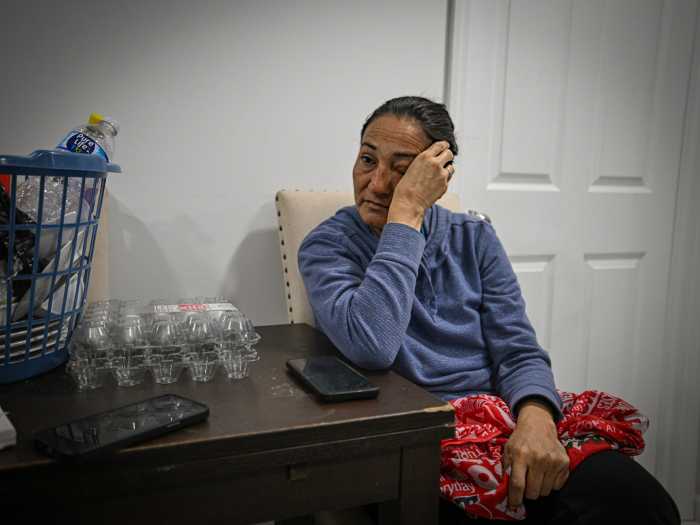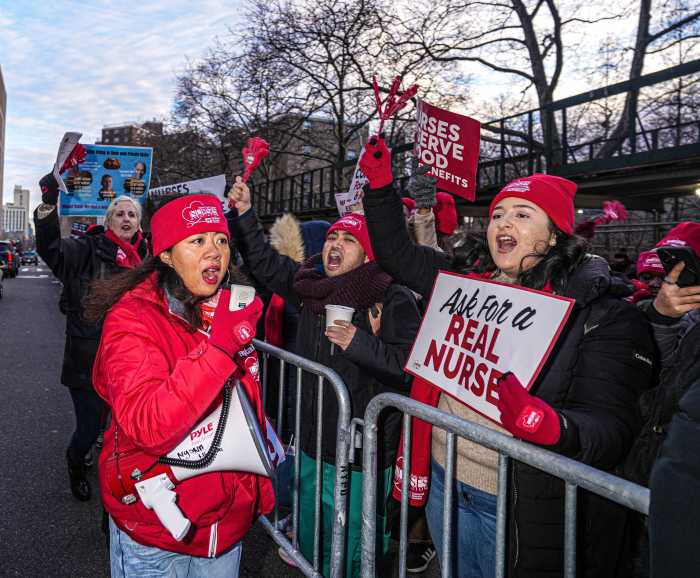Tuesday marks Equal Pay Day in the United States, but so does March 5, April 19, June 10, Aug. 22, Sept. 23 and Nov. 20.
Why so many dates? Each one represents how many months into the year women of different ethnicities need to work in order to make the same amount of money as non-Hispanic white men earned in the previous year.
The National Committee on Pay Equity launched Equal Pay Day in 1996 to highlight pay disparity between men and women. The day is typically marked by grassroots advocates with forums, rallies and workshops that focus on ending wage discrimination.
While NCPE’s Equal Pay Day falls every year on a Tuesday in April, the nonprofit American Association of University Women acknowledges several additional Equal Pay Days to illustrate how the wage gap is even greater for women of color.
Read on to learn more about Equal Pay Day.
What is the gender wage gap?
On average, women in the United States are paid 80 cents for every $1 earned by non-Hispanic white men. That disparity is even greater for black, Native Hawaiian, Native Indian and Latina women, who earn 61 cents, 59 cents, 57 cents and 53 cents to males’ $1, respectively, per the AAUW.
Why is Equal Pay Day held on a Tuesday in April?
NCPE specifically chose a Tuesday because that is how far into the next week women have to work to make the same as what a man made the previous week.
AAUW takes this concept a step further, describing All Women’s Equal Pay Day as “the symbolic day when women’s pay finally ‘catches up’ to the wages that men took home the previous year.”
Since women who are working full-time are paid on average 80 percent of what men are paid, they would need to work 15 months to make what men earn in 12 months, according to the AAUW.
What do the 6 other Equal Pay Day dates symbolize?
Each day roughly represents the additional months into the year that certain groups of women need to work in order to earn what white men earned the previous year.
- March 5, Asian American Women’s Equal Pay Day represents: Two months (14 months total)
- April 19, White Women’s Equal Pay Day: Three months (15 months total)
- June 10, Moms’ Equal Pay Day: Five months (17 months total)
- Aug. 22, Black Women’s Equal Pay Day: Seven months (19 months total)
- Sept. 23, Native Women’s Equal Pay Day: Eight months (20 months total)
- Nov. 20, Latinas’ Equal Pay Day: 10 months (22 months total)
Is the pay gap closing at all?
The wage gap has gotten smaller since the Equal Pay Act was passed in 1963. However, advocates argue the gap could be closing at a faster pace. AAUW’s analysis of Census data in 2016 suggests that women won’t achieve equal pay until 2152.




































